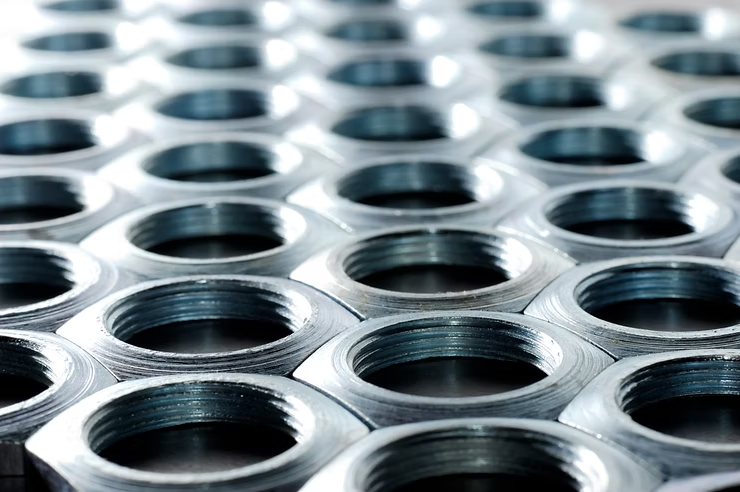Longer lead times & more expensive projects
Have you noticed the change in pricing and lead times in the last couple of months on a standard repeat order? You are thinking the vendor is just trying to make a bigger profit, but over 20% jump in cost in just a couple months? That is way out of line.
Well, do not blame your vendor. The price and availability of steel has gone through the roof and only climbing. I came from over 30 years in the steel industry and have not seen increases like this in a long time.
It reminds me of 2008 and we all know what a stressful time that was
Just read back to some of the news stories coming out in January, 2008: “Global steel prices could hit new peaks in 2008, thanks to skyrocketing raw material, energy and freight costs, coupled with tighter supplies because of falling exports from China,” according to Reuters.
The market isn’t optimistic today, but not as bad as 2008 and 2009 lows
Southern Methodist University surveys steel buyers twice each month to track market sentiment. Buyers’ optimism provides insights into how likely they are to buy. As of mid-April, the index had a reading of -4-down from +58 just the month before-but more optimistic than the all-time-low of -85 in March, 2009.
The fabricator put it well:
Both economic collapses were severe and unexpected, and both took a serious toll on steel demand and prices. Looking at the mill utilization data from the American Iron and Steel Institute for March and April 2020, capacity utilization declined from more than 80% to around 56% in less than a month. During that period, the benchmark hot-rolled price declined by roughly 15%, from $580/ton to $495/ton.

In comparison, in the summer of 2008, U.S. mills were cranking out steel at 90% of their capacity to capitalize on inflated hot-rolled market prices in excess of $1,000/ton. When the real estate bubble burst, sending the economy into a tailspin, the price of steel lost half of its value, to around $500/ton, in a period of about five months. In the same 19-week period, mill capacity utilization plunged from 90% to 33% as the recession slashed steel demand.
Steel prices did not immediately recover once the capacity utilization hit bottom at the end of August 2009. Prices continued to languish for another five months, hitting bottom in early June 2009 at $380/ton.
Being more proactive this time around, the domestic mills have acted quickly to idle some 10 million tons of their annual capacity in an effort to match supply with the declining demand and put a floor under steel prices.
In 2008 and 2009, I could only offer the advice to my customers of buying bulk when they could do it. I was getting calls from the middle of nowhere in Nebraska with a request for 12 truckloads of metal. I would have said, “yeehaw,” before. But now, steel vendors wouldn’t even take on current core customers.
A bank who wanted to fabricate a new safe reached out at the height of the shortage. They used a specialized kind of hardened steel. If you put a torch to it, it would take 45 minutes to get through it. They ordered two truckloads of steel to produce it. We had the contract and price set. When it was in transit they called to say the pricing went up. They had the demand that they could increase price post contract.
The steel industry has looked back on their mistakes and over corrected.
What about scrap metal?
In 2008, China was buying up all of the scrap metal for the Olympics and its infrastructure boom.
With less production coming out of large factories, there was less available scrap metal. The big users would get the steel like automotive and appliance. Service centers were being left out of the allocation because mills would go directly to the largest accounts. At one point, the mills changed their prices on a daily basis instead of every six months.
Service centers were creating budgets based on past inventory costs when they were doing their forecast. Then, they didn’t have the budget in place or weren’t pricing their projects high enough.
In 2008 and 2009, you could say machine shops and manufacturers were selling milk for $1.50 and it cost $2.50 to replace it.
In the steel industry all we could do was try to communicate to our customers what was happening and help them as best we could with the lead times.
There will be a similar situation with scrap as with the primary steel sales market, as companies, “increase their current scrap percentages from 14-16% this year to as high as 20-30% if steel margins warrant it, potentially adding further pressure on the scrap market,” according to MetalMiner.
Easing sticker shock & turnaround of steel:
- Repair & refurbish. This not only eliminates steel sticker shock but also reduces risk from delays in getting material. See a case study with an automotive customer where the line was stopped so we could repair a part on site and took pictures to reverse engineer it.
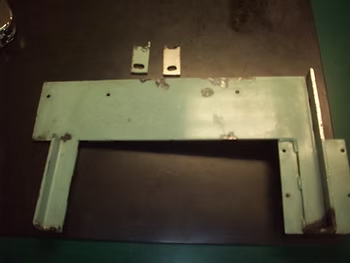
- Inventory management programs for tooling or other consumables for customers who know what they need, just not when they are going to need it. This way you do not have to worry about steel shortages and rising prices on a day-to-day basis. It is as easy as picking up a phone and saying we need these parts; the vendor will have them ready by already costing and having them on demand. See a case study of a customer who does this regularly.
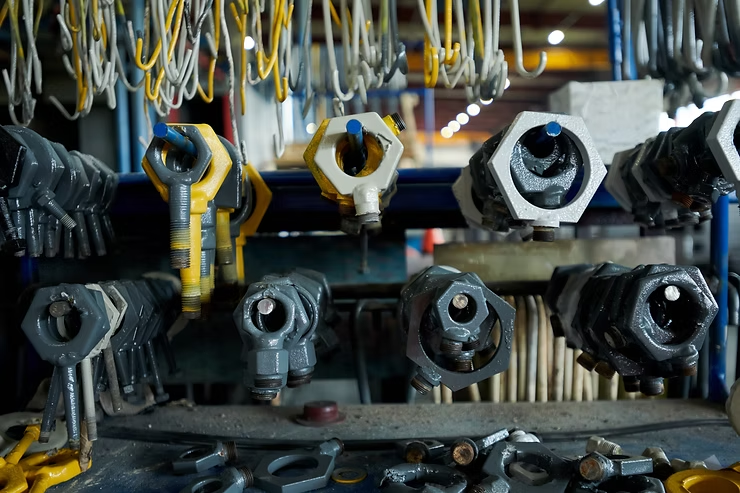
- Scrap metals for smaller parts.
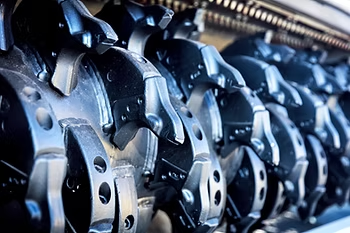
- Shift to other materials. Things like gears or smaller components could be change to a hardier plastic. Have you looked at your part to see if there are ways to slightly change your design without losing the integrity of the part? Maybe, you can use less steel or different sizes to decrease your needs and demands. I know this is the most radical but sometimes situations come up that make us think out of the box.
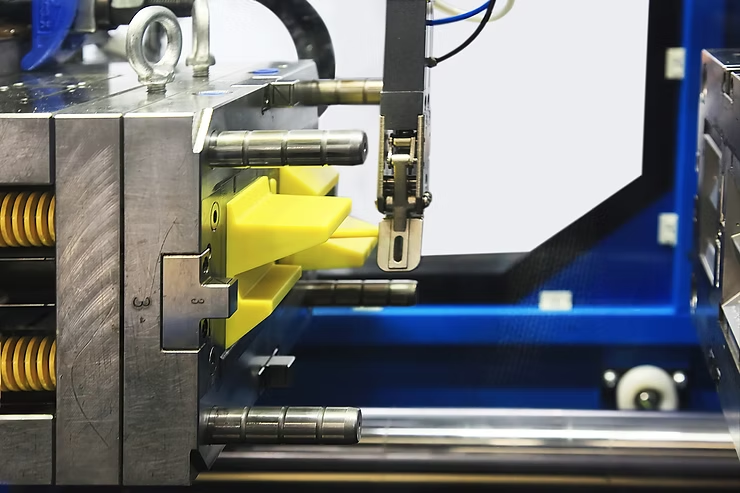
While these ideas might not work for you, if COVID has taught us anything it’s that we must adapt to what is happening out in the market before the moment passes us by.

